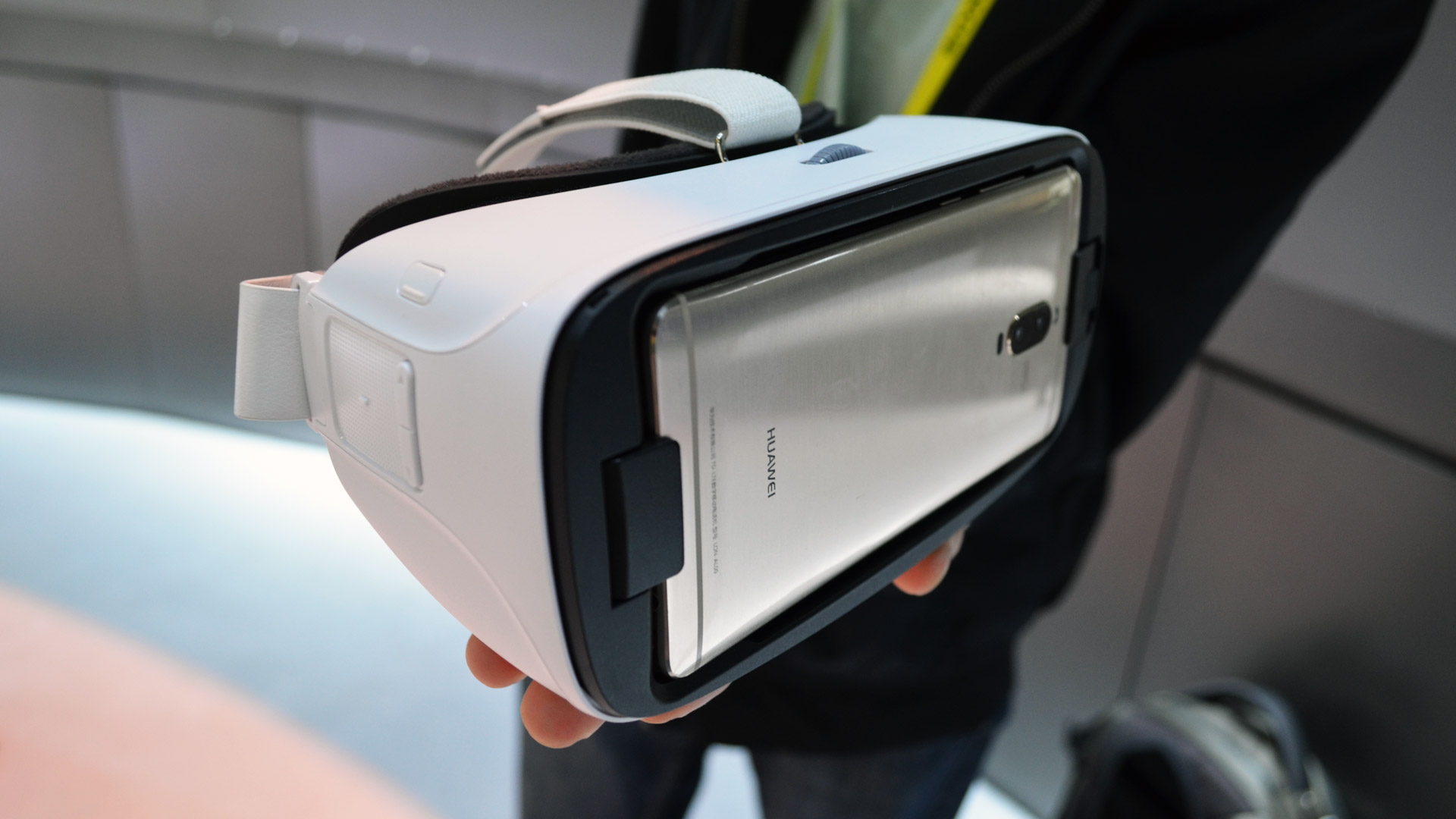
About the Project
The project was started to port an existing VR library written in C++ to work in Android. An accompanying project was a UI that makes use of the library to test rendering and associated functions. An important part of the project is the optimization of the rendering engine so that it has low latency and can work at 60 fps on Nexus 6P devices.
The UI was made compatible with DayDream devices including remote controls and headsets, and the Google Cardboard viewer.
Our team was composed of 2 Senior Android VR Engineers
Key Features
The library that we translated included the following capabilities:
- Allow multiple users to connect to a BE server so that they can all interact in a virtual environment
- Full 3D rendering capabilities, including the ability to show a complete ·D environment, a first-person depiction of the user, and representations (3D-avatars) of other users connected to the same environment
- A sound engine including the ability to capture a microphone to enable 2-way communication
- A physics engine that allows the user to interact with the virtual worlds in a meaningful way
Project Management
Carried on by the Client staff in a Team Augmentation schema
Project Information
- Client: Futurewei
- Service: Team Augmentation
- Location: San Jose, CA, USA
- Language: C++
- IDE: Qt Creator
- Framework: Android NDK, Qt Creator
- Repo: Github
- Method: Scrum
- Database: mySQL
- OS: Android
- Duration: 12 months